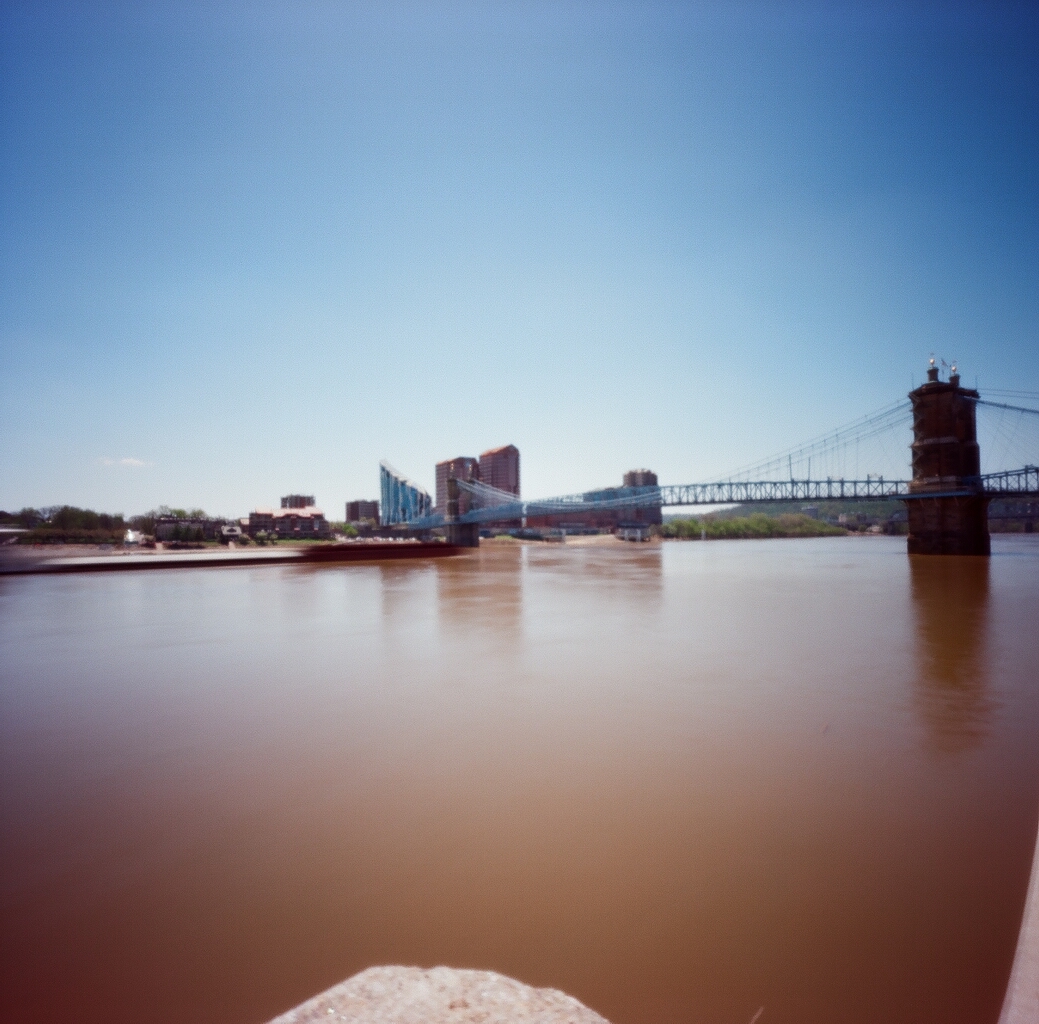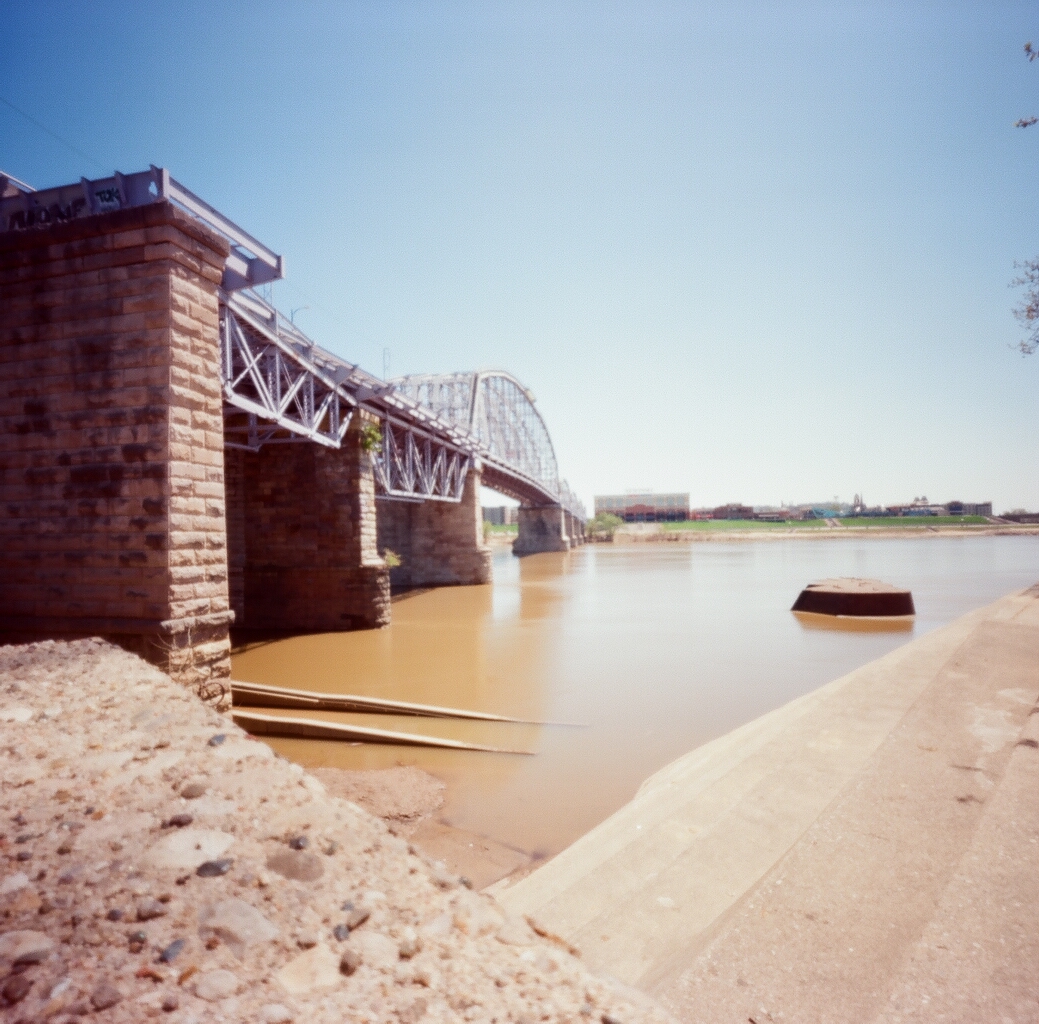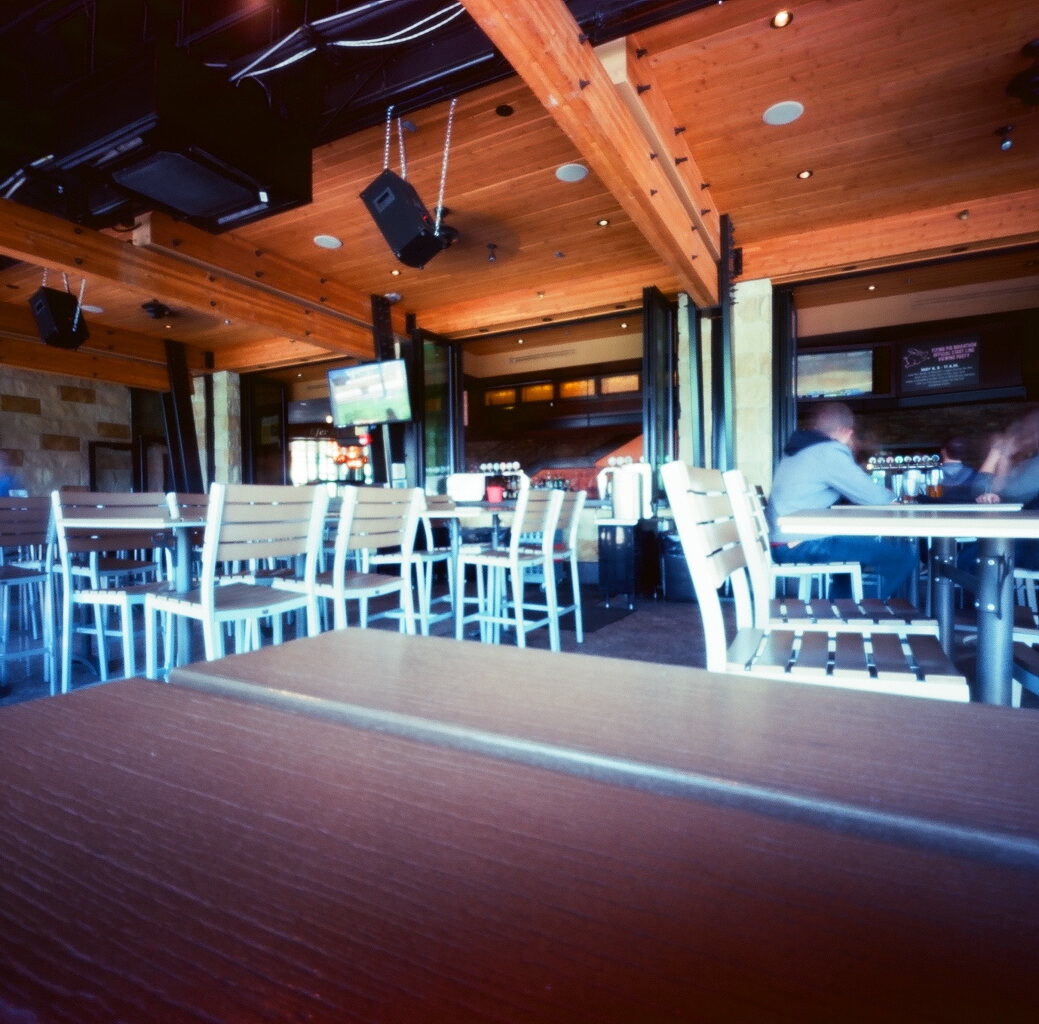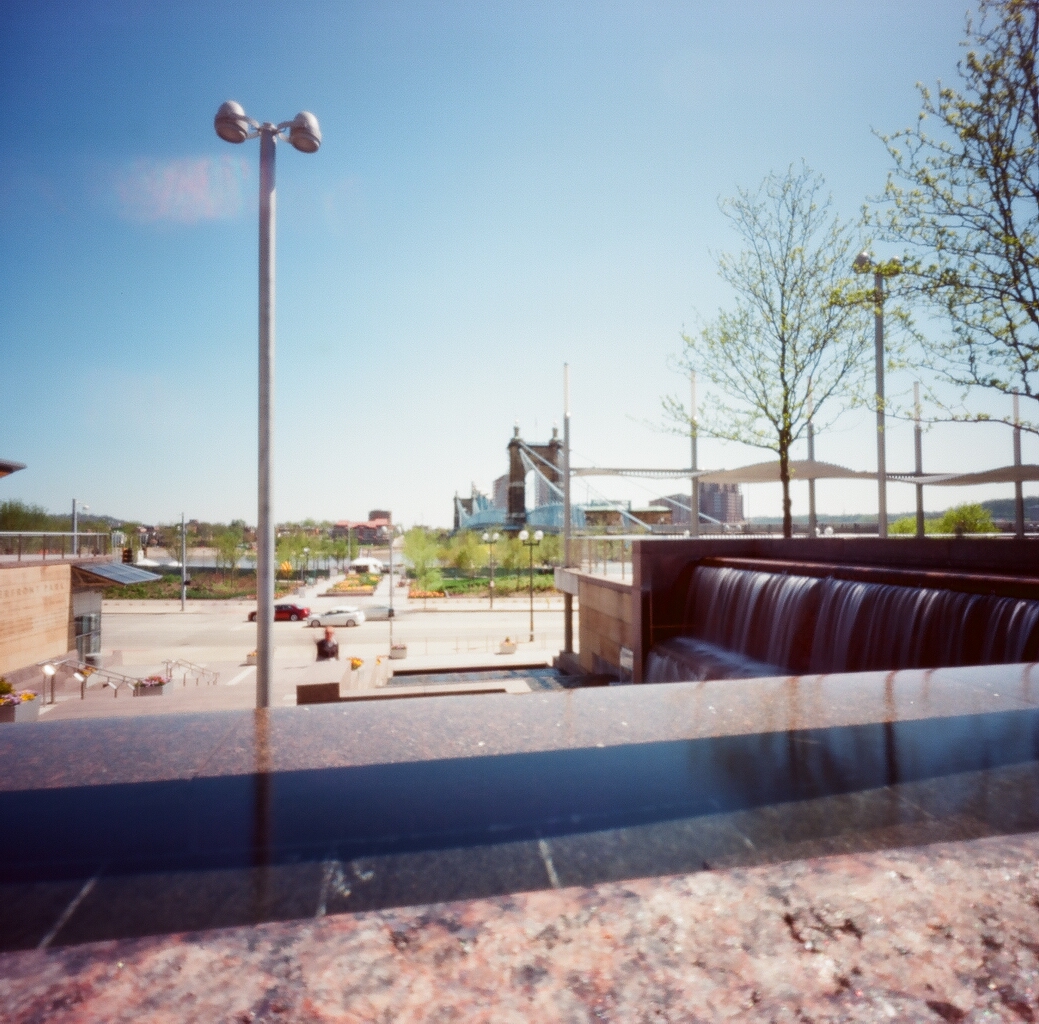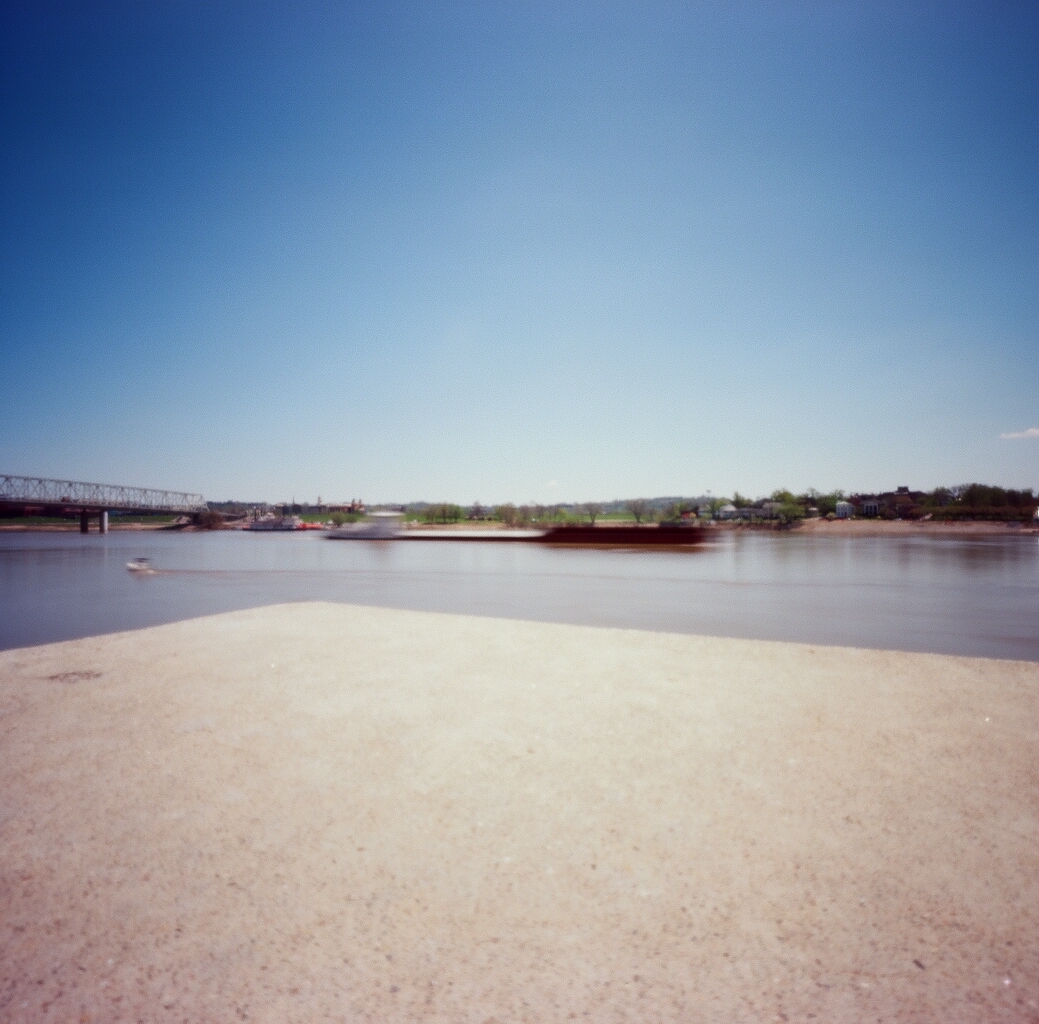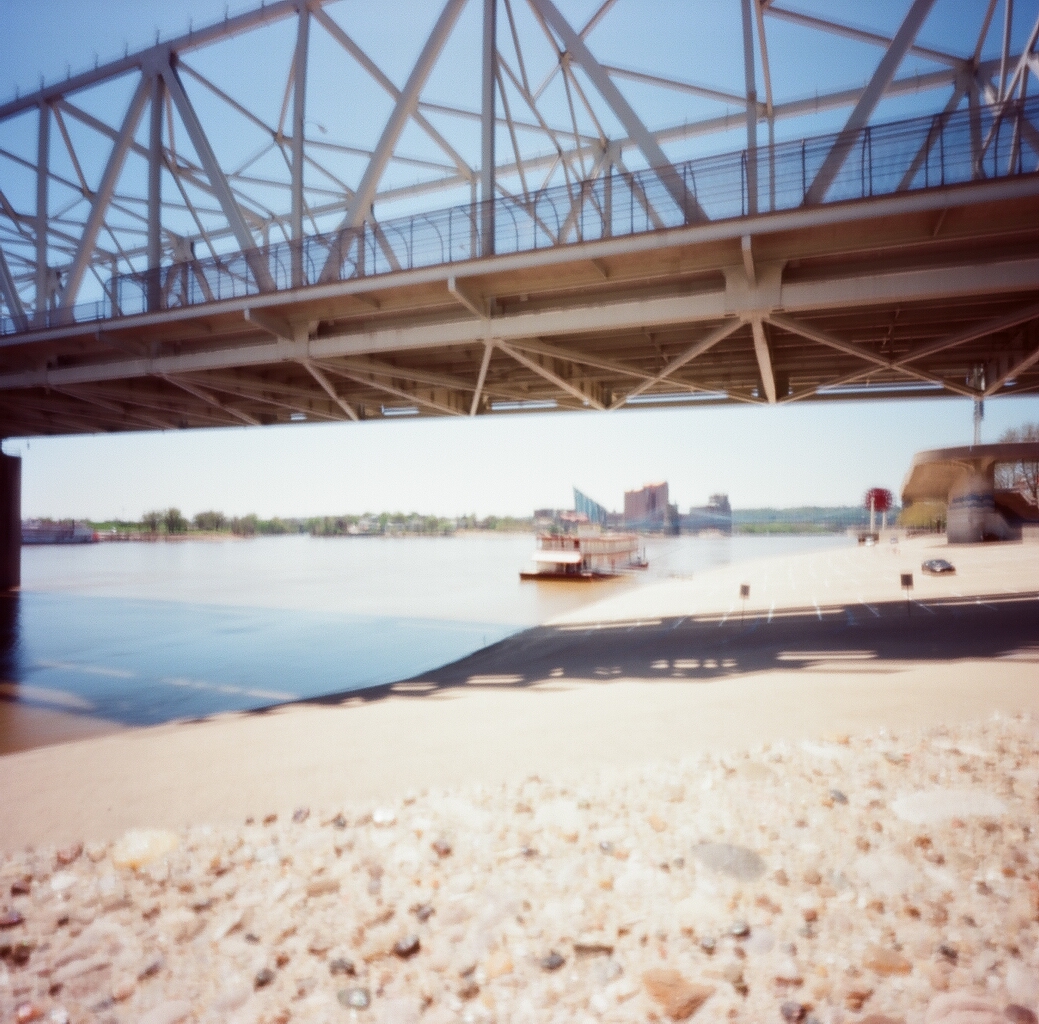The Worldwide Pinhole Photography Day is held each year on the last Sunday in April. The idea of this event is to celebrate and promote pinhole photography. People around the world are encouraged to submit a photo taken on this day using any type of pinhole camera, whether it be homemade or one purchased from a manufacturer. Submitted photos that meet the guidelines are posted in a gallery on the Worldwide Pinhole Photography Day website (www.pinholeday.org).
Pinhole photography involves capturing an image using a simple camera. A pinhole camera does not have a lens. It is simply a light-proof container with a very small hole on one side. Light from outside the container then passes through the small hole and projects an image on the opposite side of the container. This image is captured on either photographic film or photographic paper.
Pinhole images are unique. Since there is no lens, there is no lens distortion. The images are very wide angle and have a nearly infinite depth of field. Because the hole through which the light must pass is very small in comparison to most camera lenses, exposure times for pinhole photos are longer than those of a lensed camera. Pinhole camera exposures are seldom less than a couple of seconds and can even be multiple minutes, even hours in length. Longer exposures times result in motion blur around moving objects. Given a long enough exposure, objects that move too fast may not show up in the photograph at all (for example, someone quickly walking through the field of view during a 5-minute exposure).
I spent Worldwide Pinhole Photography Day walking around downtown Cincinnati with my wife. We had our first real date in Cincinnati which was coincidentally enough also a photo walk. One I had planned before we met, but later asked her to join me on. Cincinnati will always be a special place for us and seems an appropriate location for most things we choose to celebrate.
I loaded a roll of Kodak Ektar 100 into a Zero Image 2000 pinhole camera, which creates a 6cm x 6cm negative on medium format (120) film. This camera was a gift from my wife a few years back. This particular camera model is currently selling for around $100 USD (plus $28 USD shipping). For more information on this camera, or to order your own, visit www.zeroimage.com. Admittedly, I don’t shoot with this camera as often as I should. That’s something I vow to change.
Up until now, I had only shot black and white film through this pinhole camera. I was fortunate that Worldwide Pinhole Photography Day fell on a bright sunny day for us this year. This not only meant I could shoot outdoors, but also meant my subjects would be brightly lit. For these photos, I used a light meter app (Pocket Light Meter, available for Android and OIS) on my smartphone to calculate the exposure. I then used the conversion wheel on the back of the camera to determine the exposure time for the particular f stop of the pinhole camera (f/138), and finally adjusted the exposure time to account for reciprocity failure (at the advice on a knowledgeable pinhole photographer, I doubled the calculated exposure time for anything up to 10 seconds and tripled it for anything over 10 seconds).
I was very happy with the resulting photos. Every exposure yielded a usable image. The Ektar produced very pleasing colors and the images are well balanced. The camera is currently loaded with Kodak T-Max 400 BW film, but I will put more Ektar through it next.
I submitted one of my favorite images to the Worldwide Pinhole Photography Day website (http://www.pinholeday.org/gallery/2018/?id=1435). Some of the other images are shown here.
Now, get out there and shoot some pinhole!

